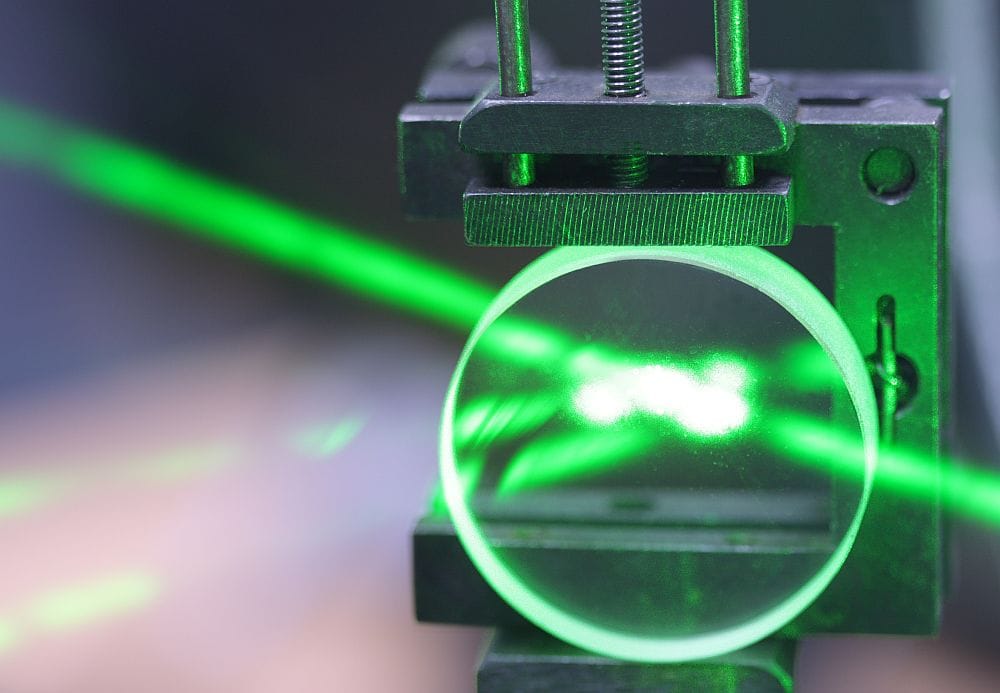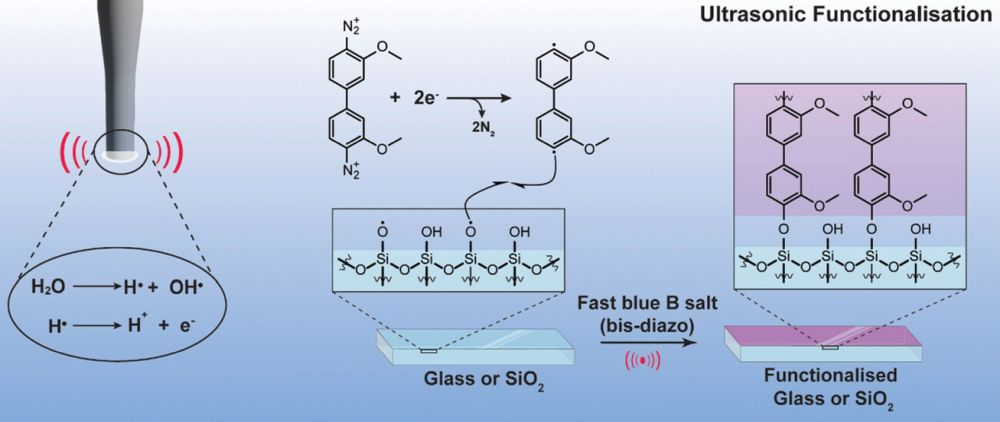According to a press release, a team of University of Houston scientists has set out with the goal to use piezoelectrics to create nanodevices that can power electronics, such as cell phones, MP3 players and biomedical implants.
“Nanodevices using piezoelectric materials will be light, environmentally friendly and draw on inexhaustible energy supplies,” says associate professor Pradeep Sharma, one of the creative minds at the Cullen College of Engineering running two projects on piezoelectrics. “Imagine a sensor on the wing of a plane or a satellite. Do we really want to change its battery every time its power source gets exhausted? Hard-to-access devices could be self-powered.”
Although piezoelectrics have been used for many years, Sharma’s team is exploring new possibilities by beefing up the effect in natural piezoelectrics. Doing so requires understanding the phenomenon that spurs piezoelectricity, known as “flexoelectricity.”
“Flexoelectricity, at the nanoscale, allows you to coax ordinary material to behave like a piezoelectric one. Perhaps more importantly, this phenomenon exists in materials that are already piezoelectric. You can make the effect even larger,” Sharma says.
For example, the piezoelectricity in barium titanate can be increased by 300 percent when the material is reduced to a 2-nanometer-beam and pressure is applied. “Thus, you’ll take an ordinary piezoelectric material and really give it some juice,” he says.
Sharma underscores the flexoelectric effect is a function of size – and the smaller the better, at least for generating piezoelectric power. Materials with nanoscale features – such as nanoscale thin plates stacked on each other or materials with particles or holes the size of a few nanometers – exhibit a much larger flexoelectric effect, he says.
Sharma and Ken White, who directors UH’s Center for Reliability of Ceramics, has been studying the relationship between flexoelectricity and elasticity. They wondered if elasticity is affected by flexoelectricity-caused electrical activity. The duo devised experiments that were focused studying this phenomenon in single crystals.
Sharma and White received an NSF grant in 2008 to develop a method they named nanoindentation. Nanoindentation uses the tip of an atomic force microscop make indentations to evaluate the material’s hardness.
“We basically predicted that when you poke [a single crystal], because of this electrical activity, depending upon how big a crater you create, your elastic behavior will change. It’s not supposed to. Ordinarily, whether you make a big crater or small crater, if you calculate how stiff it is or soft it is, it’ll give you the same answer – a constant,” Sharma says.
“By monitoring the stiffness of the material as the crater became larger and larger,” White says, “we discovered a change in elasticity relative to size, which could only be explained by flexoelectric effect.”
Though a fair amount of research on piezoelectrics has been done, White says, the fabrication of piezoelectric nanostructures remains challenging. The amount of power that can be harvested is still too low to actually power wearable devices, he says, unless efficient electric storage solutions, like nanocapacitors, also are conceived.
CTT Categories
- Electronics
- Material Innovations
- Nanomaterials


